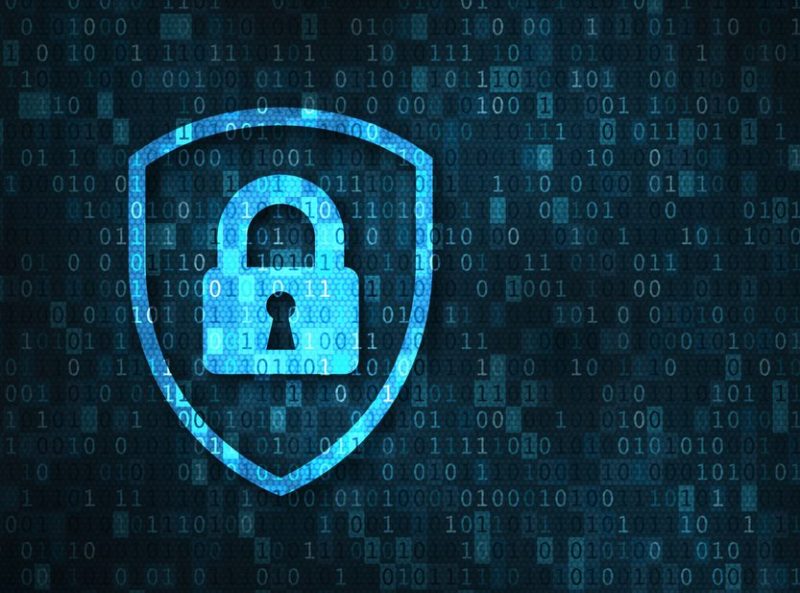The pandemic left small and medium-sized businesses little choice but to take their businesses online. eCommerce provided a means of keeping businesses afloat as foot traffic dried up to nothing. Unfortunately, that rush online also meant that businesses lacked time to implement or even understand all of the security measures used by more IT-savvy businesses.
That’s a serious problem as around 43 percent of data breaches affect SMBs. Making sure your security meets your needs means conducting a periodic cybersecurity audit. If you’re not sure what that entails, keep reading.
Our brief guide will help pin down the areas you should focus on to make your cybersecurity audit process simple.
Policy Consolidation
As a small business owner, you must consider the size of the organization. If you employ five people, odds are good that all policies come from one person. If you employ 105 people, including a cybersecurity professional, cybersecurity policies may come from more than one place.
Consolidate all of those policies and review them. This ensures that all the policies agree with each other. It also lets you or your cybersecurity pro assess if holes exist in those policies that you must fix.
Data Security
Next up, you must look at your data security measures. Some of those measures are physical, such as locking your server room. Others are procedure-based, such as creating data access control policies for your employees.

You should also look at your network security measures. Do they meet your current needs or did your business outgrow them?
Should also do a basic review of all your software and hardware. Is all of your software running on the most recent updates? Is all of your hardware configured properly?
Compliance
Part of business ownership is that you understand any compliance obligations your business must meet. Most regulations apply to specific industries, such as financial companies and health-related businesses. However, even businesses outside of those industries must provide basic security for customer information or face potential legal consequences.
Understand who Bears Responsibility
Do you maintain security inside your business? If so, you and your employees need a clear understanding of who bears responsibility for what elements of security. For example, security guards may provide physical access control to a server room, but they can’t bear responsibility for cyber security controls on the network.
Providing clarity where responsibilities overlap will make things like cybersecurity and internal security audits run much smoother.
Running your Cybersecurity Audit
Every business must run a cybersecurity audit at some point. With so much hacking and fraud directed at small businesses, it’s a necessity.
Of course, running that audit assumes a certain level of tech training. If you lack that training, this is a process you should outsource to a cybersecurity pro or cybersecurity company. Otherwise, you risk overlooking something obvious that a professional would spot in five minutes.
Paying for pro help is almost always cheaper than dealing with a breach.

